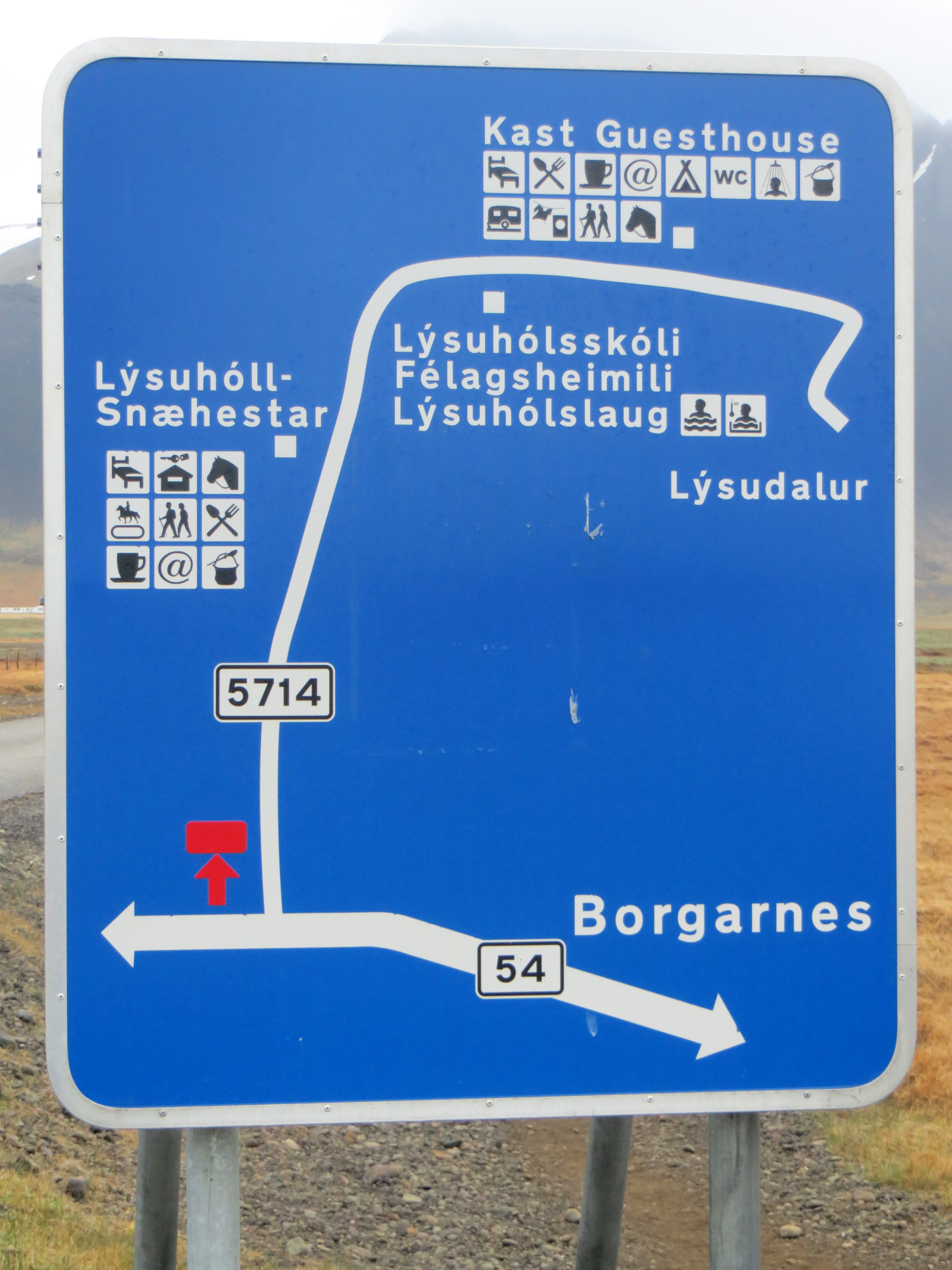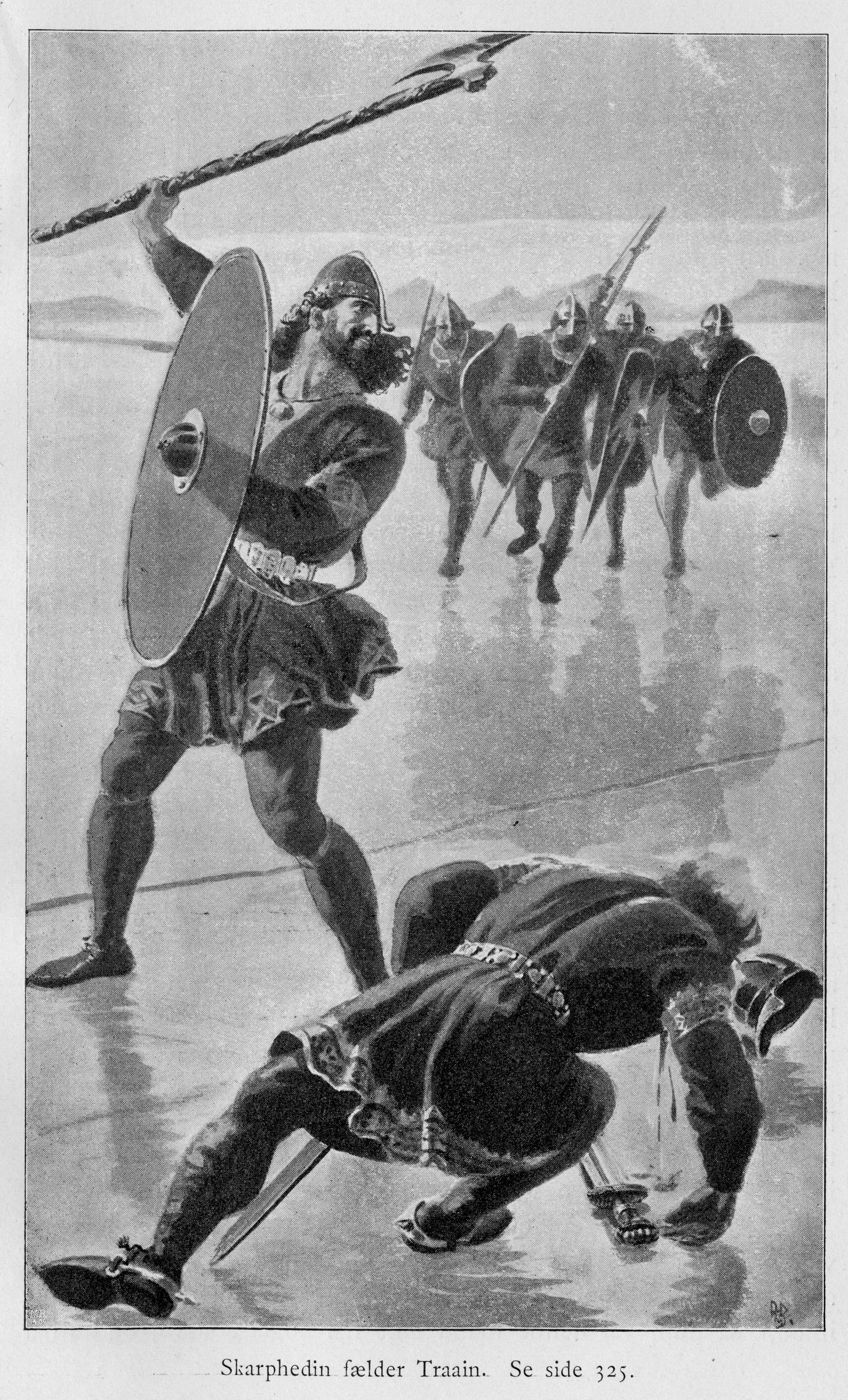|
Oeconym
An oeconym, also econym, or oikonym (from , , 'house, dwelling' and , , 'name') is a specific type of toponym that designates a proper name of a house or any other residential building. In a broader sense, the term can also refer to the proper name of any inhabited settlement, like a village, town, or city.Gornostay, Tatiana, & Inguna Skadiņa. 2009. Pattern-Based English-Latvian Toponym Translation. ''Proceedings of the 17th Nordic Conference on Computational Linguistics NODALIDA'', May 14–16, 2009, Odense, Denmark, NEALT Proceedings Series, 4: 41–47. Other terminology Within the toponomastic classification, the main types of oeconyms (econyms, oikonyms) include ''astionyms'', which are the proper names of towns or cities, stemming from , ),, and ''comonyms'', which are the proper names of villages, from , ). Sometimes, the term ''ecodomonym'' (from , ) is used to refer specifically to a building as an inhabited place.Room, Adrian. 1996. ''An Alphabetical Guide to the Lang ... [...More Info...] [...Related Items...] OR: [Wikipedia] [Google] [Baidu] |
Toponymy
Toponymy, toponymics, or toponomastics is the study of '' toponyms'' ( proper names of places, also known as place names and geographic names), including their origins, meanings, usage, and types. ''Toponym'' is the general term for a proper name of any geographical feature, and full scope of the term also includes proper names of all cosmographical features. In a more specific sense, the term ''toponymy'' refers to an inventory of toponyms, while the discipline researching such names is referred to as ''toponymics'' or ''toponomastics''. Toponymy is a branch of onomastics, the study of proper names of all kinds. A person who studies toponymy is called ''toponymist''. Etymology The term ''toponymy'' comes from / , 'place', and / , 'name'. The '' Oxford English Dictionary'' records ''toponymy'' (meaning "place name") first appearing in English in 1876 in the context of geographical studies. Since then, ''toponym'' has come to replace the term ''place-name'' in professional ... [...More Info...] [...Related Items...] OR: [Wikipedia] [Google] [Baidu] |
Toponym
Toponymy, toponymics, or toponomastics is the study of ''wikt:toponym, toponyms'' (proper names of places, also known as place names and geographic names), including their origins, meanings, usage, and types. ''Toponym'' is the general term for a proper name of any geographical feature, and full scope of the term also includes proper names of all cosmographical features. In a more specific sense, the term ''toponymy'' refers to an inventory of toponyms, while the discipline researching such names is referred to as ''toponymics'' or ''toponomastics''. Toponymy is a branch of onomastics, the study of proper names of all kinds. A person who studies toponymy is called ''toponymist''. Etymology The term ''toponymy'' comes from / , 'place', and / , 'name'. The ''Oxford English Dictionary'' records ''toponymy'' (meaning "place name") first appearing in English in 1876 in the context of geographical studies. Since then, ''toponym'' has come to replace the term ''place-name'' in profe ... [...More Info...] [...Related Items...] OR: [Wikipedia] [Google] [Baidu] |
Toponomastic
Toponymy, toponymics, or toponomastics is the study of '' toponyms'' ( proper names of places, also known as place names and geographic names), including their origins, meanings, usage, and types. ''Toponym'' is the general term for a proper name of any geographical feature, and full scope of the term also includes proper names of all cosmographical features. In a more specific sense, the term ''toponymy'' refers to an inventory of toponyms, while the discipline researching such names is referred to as ''toponymics'' or ''toponomastics''. Toponymy is a branch of onomastics, the study of proper names of all kinds. A person who studies toponymy is called ''toponymist''. Etymology The term ''toponymy'' comes from / , 'place', and / , 'name'. The ''Oxford English Dictionary'' records ''toponymy'' (meaning "place name") first appearing in English in 1876 in the context of geographical studies. Since then, ''toponym'' has come to replace the term ''place-name'' in professional ... [...More Info...] [...Related Items...] OR: [Wikipedia] [Google] [Baidu] |
Lovro Kuhar
Lovro is a masculine given name. Notable people with the name include: *Lovro Artuković (born 1959), Croatian painter and graphic artist who primarily paints large scale figurative canvases * Lovro Cvek (born 1995), Croatian footballer *Lovro Dobričević (1420–1478), Croatian painter from Kotor * Lovro Iločki or Lawrence of Ilok (1459–1524), Croatian nobleman, very wealthy and powerful in the Kingdom of Hungary-Croatia * Lovro Jotić (born 1994), Croatian handball player * Lovro Karaula (1800–1875), Croatian friar from Bosnia and Herzegovina * Lovro Kuhar, pen name Prežihov Voranc, (1893–1950), Slovene writer and Communist political activist * Lovro Majer (born 1998), Croatian footballer *Lovro von Matačić (1899–1985), Croatian conductor and composer * Lovro Mazalin (born 1997), Croatian professional basketball player * Lovro Medić (born 1990), Croatian professional footballer * Lovro Mihačević (1856–1920), Croatian Catholic priest, author, albanologist and epic ... [...More Info...] [...Related Items...] OR: [Wikipedia] [Google] [Baidu] |
Slovenia
Slovenia, officially the Republic of Slovenia, is a country in Central Europe. It borders Italy to the west, Austria to the north, Hungary to the northeast, Croatia to the south and southeast, and a short (46.6 km) coastline within the Adriatic Sea to the southwest, which is part of the Mediterranean Sea. Slovenia is mostly mountainous and forested, covers , and has a population of approximately 2.1 million people. Slovene language, Slovene is the official language. Slovenia has a predominantly temperate continental climate, with the exception of the Slovene Littoral and the Julian Alps. Ljubljana, the capital and List of cities and towns in Slovenia, largest city of Slovenia, is geographically situated near the centre of the country. Other larger urban centers are Maribor, Ptuj, Kranj, Celje, and Koper. Slovenia's territory has been part of many different states: the Byzantine Empire, the Carolingian Empire, the Holy Roman Empire, the Kingdom of Hungary, the Republic of Venice ... [...More Info...] [...Related Items...] OR: [Wikipedia] [Google] [Baidu] |
Zasip
Zasip (; ) is a village in the Municipality of Bled in the Upper Carniola region of northwestern Slovenia. Name Zasip was attested in written sources in 1075–90 as ''Zazib''. The name is derived from the prepositional phrase ''*za sipi'' 'behind the upper part of a scree slope', thus referring to the local geographical feature. In the local dialect, the settlement is known as ''Zâsp''. Geography The village is located about north of the Bled town centre and Lake Bled, below the southern slopes of Hom Hill. History When the settlement was first mentioned in a 1075 deed, the area belonged to the Imperial March of Carniola. A parish was founded here in 1296. Today, there are three churches in the village. The parish church is dedicated to Saint John the Baptist was already mentioned in the 13th century. It was originally a Gothic building, although it was renovated to a large extent in the Baroque style in 1778. A small church dedicated to Saint Catherine stands on Hom Hil ... [...More Info...] [...Related Items...] OR: [Wikipedia] [Google] [Baidu] |
Italy
Italy, officially the Italian Republic, is a country in Southern Europe, Southern and Western Europe, Western Europe. It consists of Italian Peninsula, a peninsula that extends into the Mediterranean Sea, with the Alps on its northern land border, as well as List of islands of Italy, nearly 800 islands, notably Sicily and Sardinia. Italy shares land borders with France to the west; Switzerland and Austria to the north; Slovenia to the east; and the two enclaves of Vatican City and San Marino. It is the List of European countries by area, tenth-largest country in Europe by area, covering , and the third-most populous member state of the European Union, with nearly 59 million inhabitants. Italy's capital and List of cities in Italy, largest city is Rome; other major cities include Milan, Naples, Turin, Palermo, Bologna, Florence, Genoa, and Venice. The history of Italy goes back to numerous List of ancient peoples of Italy, Italic peoples—notably including the ancient Romans, ... [...More Info...] [...Related Items...] OR: [Wikipedia] [Google] [Baidu] |
Norske Gaardnavne
''Norske Gaardnavne'' (English: Norwegian Farm Names) is a 19-volume set of books based on a manuscript prepared from 1897 to 1924 by Oluf Rygh, a noted professor of archaeology, philology, and history at the University of Oslo. The book contains a standardized notation, information on pronunciation, historical forms, and the etymology for recorded ''gaardnavne'' ( oeconyms, or farm, estate, and manor names) in Norway. It was developed by detailed compilation of the various written and oral records of land ownership. It is the standard that establishes place names in Norway. Documenting over 45,000 farm names and related information in 1886, it became the inspiration for similar studies in Sweden and Denmark. Work of the commission The Norwegian Stortinget, in an act of 6 June 1863, commissioned a general revision of public register that defines Norwegian public and private lands to allow consistent land ownership records and to update the basis for taxation in Norway (a cadastre) ... [...More Info...] [...Related Items...] OR: [Wikipedia] [Google] [Baidu] |
Gertrud Oldsdatter Nergaard
Gertrude or Gertrud may refer to: Places In space *Gertrude (crater), a crater on Uranus's moon Titania * 710 Gertrud, a minor planet Terrestrial placenames *Gertrude, Arkansas * Gertrude, Washington *Gertrude, West Virginia People *Gertrude (given name), a given name (including a list of people with the name) People with Gertrude as the full name: *Blessed Gertrude of Aldenberg (1227–1297), daughter of Saint Elizabeth of Thuringia and abbess near Trier * Gertrude of Austria (1226–1288), Duchess of Austria and Styria * Gertrude of Babenberg (c. 1118–1150), Duchess of Bohemia * Gertrude of Baden (c. 1160–1225), Margravine of Baden * Gertrude of Bavaria (died 1197), daughter of Henry the Lion, Queen consort of Denmark *Gertrude of Brunswick (c. 1060–1117), Margravine of Frisia and Meissen * Gertrude of Comburg (died 1130), Queen consort of Germany * Gertrude of Dagsburg (died 1225), Duchess of Lorraine *Gertrude of Delft (died 1358), Dutch Beguine and mystic * Gertrude o ... [...More Info...] [...Related Items...] OR: [Wikipedia] [Google] [Baidu] |
Njáls Saga
''Njáls saga'' ( ), also ''Njála'' ( ), or ''Brennu-Njáls saga'' ( ) (Which can be translated as ''The Story of Burnt Njáll'', or ''The Saga of Njáll the Burner''), is a thirteenth-century Icelandic saga that describes events between 960 and 1020. The saga deals with a process of blood feuds in the Icelandic Commonwealth, showing how the requirements of honor could lead to minor slights spiralling into destructive and prolonged bloodshed. Insults where a character's manhood is called into question are especially prominent and may reflect an author critical of an overly restrictive ideal of masculinity. Another characteristic of the narrative is the presence of omens and prophetic dreams. It is disputed whether this reflects a fatalistic outlook on the part of the author. The principal characters in the saga are the friends Njáll Þorgeirsson, a lawyer and a sage, and Gunnar Hámundarson, a formidable warrior. Gunnar's wife, Hallgerðr langbrók, instigates a feud that ... [...More Info...] [...Related Items...] OR: [Wikipedia] [Google] [Baidu] |
Cyrus Jacobs House, Boise
Cyrus () is a Persian-language masculine given name. It is historically best known as the name of several Persian kings, most notably including Cyrus the Great, who founded the Achaemenid Empire in 550 BC. It remains widespread among Zoroastrians, particularly in India, and is also relatively common in the Anglophone world. Etymology Cyrus, as a word in English, is the Latinized form of the Greek Κῦρος, ''Kȳros'', from Old Persian ''Kūruš''. According to the inscriptions, the name is reflected in Elamite ''Kuraš'', Babylonian ''Ku(r)-raš/-ra-áš'' and Imperial Aramaic ''kwrš''. The modern Persian form of the name is '' Kūroš''. The etymology of Cyrus has been and continues to be a topic of discussion amongst historians, linguists, and scholars of Iranology. The Old Persian name "kuruš" has been interpreted in various forms such as "the Sun", "like Sun", "young", "hero," and "humiliator of the enemy in verbal contest" and the Elamite "kuraš" has been trans ... [...More Info...] [...Related Items...] OR: [Wikipedia] [Google] [Baidu] |


